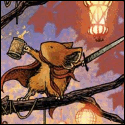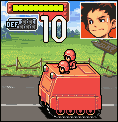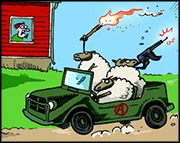|
If y'all don't mind, I'm gonna  The Douglas Cargo (DC) series of aircraft was first designed after TWA approached Donald Douglas asking for an aircraft to compete with their rival United. United had bought 60 Boeing 247's, and Boeing refused to sell to any more airlines until that order had been completed. The design Douglas came up with in 1933 was the DC-1, and then a year later they made the DC-2. Both were great starting points, but in 1935 a call from American Airlines CEO C. R. Smith convinced Douglas to improve on the aircraft to replace American's Curtiss biplanes. Douglas agreed only because he was led to believe 20 airframes would ever be made. (In the end, 16,079 airframes would be built or licensed over the 17 year production run, making it the most produced airliner) The first flight of the DC-3 (there was no prototype other than a sleeper variant) was on December 17, 1935, which happened to be the 32nd anniversary of the flight at Kitty Hawk. The DC-3 and the sleeper variant (the DST, or Douglas Sleeper Transport) could cross the US in 15 hours at a cruising speed of 200 mph with only 3 refueling stops (17 hours if you went westbound). Before then, one would have to take several trains as well as a few short flights if you wanted to fly from coast to coast. The DC-3 entered civilian service in 1936 under American, but soon everyone was picking them up, including United, TWA, KLM, Piedmont, and Eastern. The DC-3 is mostly known for being one of the most important military transports, designated the C-47 Skytrain by the US Army Air Force. It was also used by the RAF, RCAF, and... gently caress it here's a list of the like 96 countries. Over 10,000 Skytrains were built, and were used for troop and cargo transport all across the globe. These were the guys you saw carrying gliders and Airborne troops during the invasion of Normandy. After the war, most all of the surviving C-47s were converted to civilian use. In fact, so many C-47's being given to Europe post-war it ended up cementing the use of the American imperial system in international aviation (Knots, nautical miles, etc). DC-3s are still in use today, which says something about their reliability. Most have been converted to turboprops for better speed. These aircraft now see roles in aerial firefighting, cropdusting, freight, and pretty much everything goddamn else. Hell, here's a picture of a DC on loving FLOATS Motherfucker's versatile and a great aircraft. Let me know if you want more plane poo poo. I worked as a tour guide at an aviation museum for years so I know way too much about them. Spaced God fucked around with this message at 20:47 on Feb 3, 2016 |
|
|
|

|
| # ? May 24, 2024 19:38 |
|
Spaced God posted:Let me know if you want more plane poo poo. I worked as a tour guide at an aviation museum for years so I know way too much about them. Absolutely! Although there aren't many planes introduced until the 1950s. I wish I had know about that plane mod earlier, getting some more early airliners would have been great. Here's a picture I took of one that lives at Ardmore Airport near Papakura. It's known to one and all as the DC-3, but apparently it's really a C-47. The livery is only a few years old, It used to be dark green with D-day stripes. Jaguars! fucked around with this message at 21:05 on Feb 3, 2016 |
|
|
|
Jaguars! posted:Absolutely! Although there aren't many planes introduced until the 1950s. I wish I had know about that plane mod earlier, getting some more early airliners would have been great. There's only a few differences between the -3 and the -47. The one surefire thing I can remember off the top of my head are the tailcone being smaller for gliders to be strapped onto it. Also the Skytrain was developed into one of the first gunships, Puff, the Magic Dragon, which had 3 miniguns and 10 30-cal machine guns. Because gently caress you, that's why
|
|
|
|
Spaced God posted:There's only a few differences between the -3 and the -47. The one surefire thing I can remember off the top of my head are the tailcone being smaller for gliders to be strapped onto it. I believe you mean: "Because the DC-3/C-47 does whatever the gently caress it wants"
|
|
|
|
 In Game: US S1 New Haven Reality: ALCO S1 Produced by: American Locomotive Company (ALCO) and its subsidiary, Montreal Locomotive Works (MLW) Wheel Arrangement: B-B (two 2-axle trucks, all axles powered) Production Run: April 1940 - November 1950 Prime Mover: ALCo 539 6-cylinder 4-stroke diesel engine delivering 660hp to a General Electric GT 552-A generator. Tractive Effort: 49,79 lb (22,580 kg) Total Produced: 543 Preservation: Lots of ‘em. Some still see (non-tourist) revenue use on shortlines and industrial railroads. The ALCo short hood switchers (S1, S2, S3, and S4) are visually similar. The Higher horsepower S2 and S4 (1000hp each) had larger exhaust stacks and radiator shutters on the nose. The S3 is a later production run of the S1, incorporating enough minor design improvements to warrant receiving a new marketing designation. The S2 is simply a turbocharged S1, and the S4 is a turbocharged S3. ALCo and MLW diesels are typically known for their dirty exhaust, to the extent that railroaders joked about the ALCo locomotives being steamers in disguise. For a small switcher that only weighed 105 tons it could produce quite a bit of tractive effort; 57,500 pounds starting and 46,000 pounds continuous, which made it popular with the railroads that used it. ALCo switchers were also well liked for their high roof cabs, which gave better visibility than those of their primary competitors, the EMD NW and SW series locomotives. Why New Haven? New Haven refers to the paint scheme visible on the in game model, depicting an S1 belonging to the New York, New Haven & Hartford Railroad, which owned 65 of these locomotives, the 2nd most of any railroad. The New Haven RR operated entirely within the New England region of the United States Sources: Wikipedia on ALCo S1 AmericanRail.com
|
|
|
|
spbwf7 posted:
The US in the name is from the Mod pack creators so that all their vehicles are all grouped in the vehicle selection list. There's no direct NZ equivalent, we didn't start getting diesels until the 1950s, but I included these so that we have an option to become early adopters of Diesel locomotives.
|
|
|
|
 44-Ton Switcher Manufacturer: General Electric Wheel Arrangement: B-B Production Run: September 1940 – October 1956 Prime Mover: 4 Options - Twin Caterpillar D17000 V8s (180hp each) - Twin Hercules DFXD V6 engines - Buda 6DH1742 V6 Engines (200hp each) - Caterpillar D342 V6 engines Total Produced: 386 Preserved: Lots, some still in revenue service While the ALCo S1 is an end-cab switcher, the GE 44-tonner is one of the relatively few examples of a US designed center-cab switcher, intended for industrial and light switching duties. This locomotive's specific 44-short ton weight was directly related to one of the efficiencies the new diesel locomotives offered compared to their steam counterparts: reduced labour intensity. In the 1940s, the steam to diesel transition was in its infancy in North America, and railroad unions were trying to protect the locomotive fireman jobs that were redundant with diesel units. One measure taken to this end was the 1937 so-called "90,000 Pound Rule" a stipulation that locomotives weighing 90,000 pounds (41,000 kg) – 45 short tons – or more required a fireman in addition to an engineer on common carrier railroads. Industrial and military railroads had no such stipulation. The 44-ton locomotive was born to skirt this requirement. A special “Drop-Cab” military variant was created for use by the US Army Railroad in Europe. This variant featured a shortened cab to negotiate the more restrictive European clearances. This was accomplished by moving the compressed air system equipment from beneath the cab be adjacent to the engines. source: wikipedia
|
|
|
|
Is there any advantage or disadvantage to choosing a particular fuel source for your locomotives, or is it cosmetic?
|
|
|
|
Largely cosmetic. Electric locomotives require overhead wires or electric third rail to be added, which adds a small portion to the cost of the rails (about 30% IIRC). Electrifying rail is really easy, you can choose tile by tile, single sector, or all connected rails. In practice, any mature company will have the money to electrify everything at once. After electric locos are introduced, you have to option to include electric equipment on new rail tiles.
|
|
|
|
Which is much easier than in transport tycoon where you had to manually upgrade the rails. which lead to ~fun~ with multi-line networks.
Veloxyll fucked around with this message at 07:14 on Feb 5, 2016 |
|
|
Veloxyll posted:Which is much easier than in transport tycoon where you had to manually upgrade the rails. which lead to ~fun~ with multi-line networks. Unmodified Transport Tycoon (both original and Deluxe) didn't actually have electric rail as a separate type. TTO had rail and monorail, with monorail only having a single locomotive type. TTD had rail, monorail, and maglev, with monorail and maglev only having a few loco types each. Under that you actually had to pull up entire lines to upgrade them, since there was no compatibility between the systems at all. One of the later additions to TTDPatch (well, I think it was still before the full GRF modding support came) instead converted monorail to maglev (or maglev to monorail) and used the now "spare" system to handle electrified standard railway. So steam and diesel trains could run on normal and electrified rails, while electric engines only ran on electrified. They later also did a patch that let you simply "paint over" one rail type with another to upgrade it.
|
|
|
|
|
Veloxyll posted:Which is much easier than in transport tycoon where you had to manually upgrade the rails. which lead to ~fun~ with multi-line networks. That's right. In the original, could you overlay the railways -> Monorail -> Maglevs? I think you might have had to demolish the rails then replace them. Also, I checked the cost, It's about 17% more expensive to lay electrified track.
|
|
|
Jaguars! posted:That's right. In the original, could you overlay the railways -> Monorail -> Maglevs? I think you might have had to demolish the rails then replace them. Yes, originally (without the patch) you had to demolish the original track and then build new. No direct upgrading. Obviously you also had to send all trains running on it to depot, and manually replace those afterwards. And there was no option for combining different types of track in one train station, so the only way to exchange goods between networks of different types was to have two separate stations connected by a truck or ship route.
|
|
|
|
|
Here's a comparison of most of the vehicles we have available. The Special 2-4-2, US 1890 and the clipper are obsolete, and I've excluded a few others who are also nearly obsolete. I haven't shown trucks or ships because there's no real choice in those categories. I've grouped the steamers roughly according to their capability: Shunters 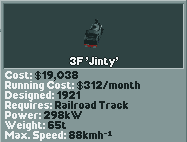 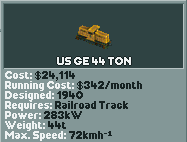 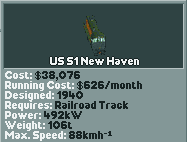 Light Duty 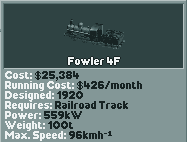 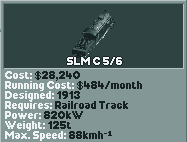 Medium Duty 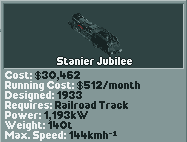 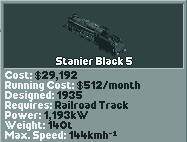 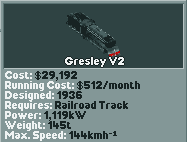 A lot of very similar engines in this class. Express 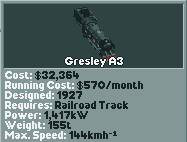 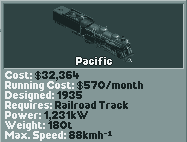 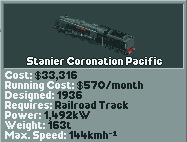 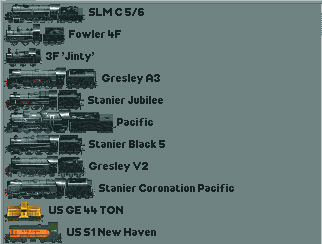 And a size comparison. The Jinty is one tile long, right out to the Pacific which is two and a half tiles long. Rolling Stock 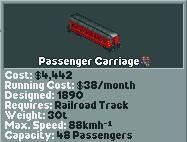 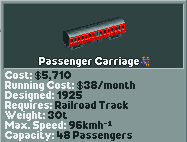 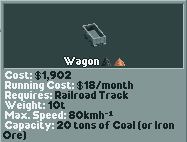 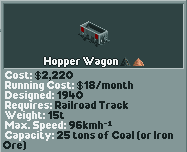 Buses 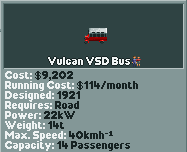 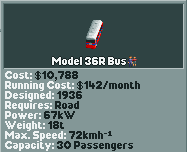 Trams 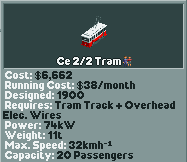 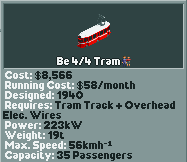 Planes  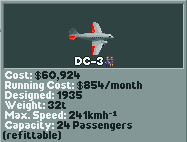
|
|
|
|
The Pacific sure looks like a bad deal. Slow, heavy, and less power, compared to the other engines. I forget, does the game model tractive effort/acceleration in any reasonable way? Since that would be the only way it could redeem itself.
|
|
|
|
|
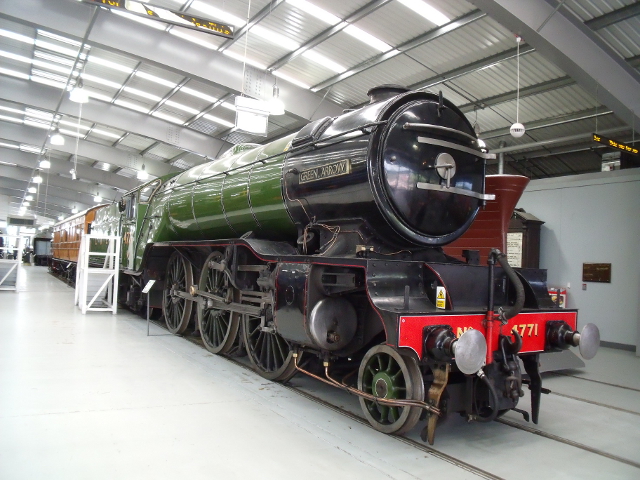 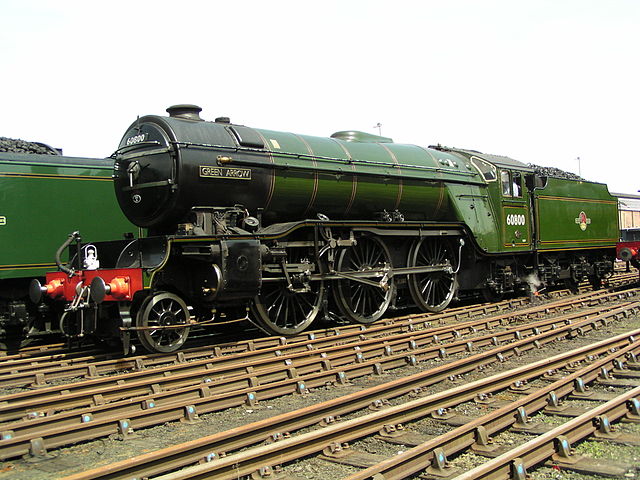 Sources: myself, Wikipedia, Our Phellap Gresley V2 6MT Company: London and North Eastern Railway (LNER), and later British Railways (BR) Designer: Nigel Gresley Wheel Arrangement: 2-6-2 First produced: 1936 Total built: 184 Total preserved: 1 A fast mixed freight service (arguably the predecessor of modern container freight) from London to Scotland was proposed, but locomotives were needed to pull it. The A3 class could have handled the job, but they were all tied up with passenger duties. Enter the V2 class, Nigel Gresley's final major design for the LNER (1936 was his 25th year as a Chief Mechanical Engineer), and, some would argue, his masterpiece (bearing in mind this is the guy who designed Mallard). The freight service would be called Green Arrow, a name also applied to the first locomotive in the V2 class. The V2's wheelbase was unusual - 2-6-2 not being common for tender engines in the UK - but it was ultimately a smaller version of the A3, still keeping Gresley's trademark 3-cylinder layout. Although designed for fast freight, the locos soon found themselves deputising for A3s and A4s on express routes and even managing break 100mph on a test train one time. Like the Black Fives, the V2s were "do anything" locomotives - and faster and more powerful than them, as well. Unlike the Black Fives, they were not "go anywhere" locos though - their extra power came at the cost of very high axle-loadings that barred them from the majority of the LNER's routes. In some respects, their role was more similar to Jubilees than Black Fives, despite officially being mixed traffic locos. They still proved their worth though, performing remarkable feats of endurance during World War 2, hauling trains of over 20 vehicles and 700 tons, and permitting their continued construction through the War until 1944. They performed equally well on major inter-city routes under British Railways as well. Green Arrow is the sole survivor of the class, and is always a loco that makes me smile on visits to the National Railway Museum in York - maybe it's the nice green livery, maybe because it's a bit like Flying Scotsman with a bit less pomp and circumstance, I dunno. It's even a major character in Thomas and the Great Railway Show, being the first engine to make friends with Thomas on his visit to the NRM  . .
Paul.Power fucked around with this message at 23:18 on Feb 5, 2016 |
|
|
|
nielsm posted:The Pacific sure looks like a bad deal. Slow, heavy, and less power, compared to the other engines. I forget, does the game model tractive effort/acceleration in any reasonable way? Since that would be the only way it could redeem itself. 
|
|
|
|
The Pacific is a token inclusion from the standard US set. In you play that one, you get the Special 2-4-2, which is a a good starting loco; and then the Baldwin 2-8-0, 640kW but 64kmh, so the Pacific is a good deal. I included it bacause of a direct NZ connection, the first Pacifics were designed specifically for New Zealand conditions.
|
|
|
|
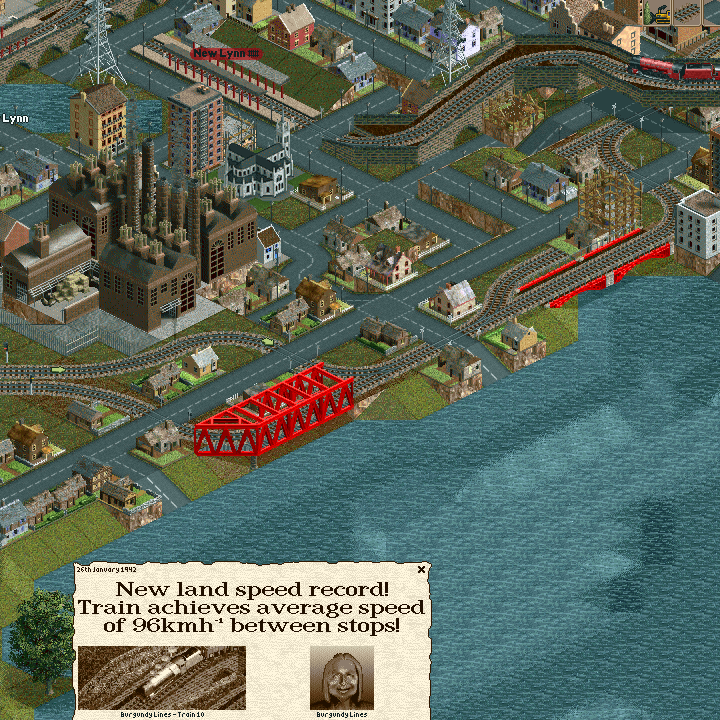 Hmm. What would the be the best way to double track this without causing too much damage?
|
|
|
|
By the water? Clear out the 2x2 right turn by the factory for a 2x1 ramp, then it's a straight shot to the other side. One single house demolished and two below with year-round shade. As for different power sources, only drawback I've seen is that electrified passenger cars are a sham. You can only combine them with themselves so they're way less versatile, also every purchase is for two engines so they break down twice as often. In my Great Britain game my first big cash cow was a 6-car electrified train line in the sky, but when it hit 1% reliability I found I couldn't retire it because while 1 or 2 engines broke down the other 4 would keep lurching it forward, then would themselves be broken down by the time the other end of the train was fixed. I couldn't take it off the track because it couldn't accept an order to stop, and eventually I just sold some track out from under it so it fell from the sky.
|
|
|
|
tomanton posted:As for different power sources, only drawback I've seen is that electrified passenger cars are a sham. You can only combine them with themselves so they're way less versatile, also every purchase is for two engines so they break down twice as often. In my Great Britain game my first big cash cow was a 6-car electrified train line in the sky, but when it hit 1% reliability I found I couldn't retire it because while 1 or 2 engines broke down the other 4 would keep lurching it forward, then would themselves be broken down by the time the other end of the train was fixed. This is why I preferred having the depots in the first games to just plopping things down - eventually the train would limp to a depot if you ordered it to, whereas in this game you need to sometimes resort to deliberately destroying things to get rid of them. It doesn't help that vehicles in Locomotion seem to have a ridiculously short lifespan. Many of the write ups in this thread about the real world equivalents to the locomotives in this game mention that stuff built in the 40s/50s is still in use today (albeit after 1 or 2 refurbs) but in the game you'll need to start thinking of replacing something after about 15 years or it starts spending more time broken down than delivering things. You quickly reach a point where you have so many vehicles that you just spend all your time running around replacing them, and by the time you've replaced the oldest one it's time to go replace the first one again. There is also no auto-replace function.
|
|
|
|
Yeah, that's probably the best option. I can't think of any better. I don't understand with the multi units. Isn't it possible to just red flag the engine and wait 20 seconds till the breakdown is fixed? Engines don't break down while stopped in my experience - the breakdown event gets saved up until the vehicle is started again and the vehicle breaks down immediately. Of course, there's no reason why you shouldn't be able to sell a broken down train, but presumably it saved time to program it like that or something.
|
|
|
|
Even when stopped a train can still (magically) breakdown, so other locos will still breakdown as soon as the first one is finished being fixed, leading to a never ending chain reaction... at that point ripping up the tracks underneath them and watching the thing burst into a gigantic fireball is just cathartic. Maybe if you waited long enough all the 'stored' breakdowns would eventually be used up and you could deal with it but who wants to wait for that while it's screwing up other trains on the line and with your service ratings? So long as you don't close the window of the train after it's crashed you can still copy the orders for its replacement. I think the 'no touching the broken down vehicles' thing was meant to balance the game - so you couldn't just remove a broken down vehicle and unblock whatever it was in front of, or pick it up and immediately cancel the broken down status or something. Not that the game needed any more tedious micromanagement. It really only ever affects trains though, road vehicles and ships will pass each other and planes never crash (that I can remember). It's really just trains that are stuck waiting. In other news, it looks like Train Fever (another simple, yet fun transport game) got it's final patch late last week and the devs are now moving on to their next project. Apparently it's supposed to be another transport game, so maybe they'll try making some TTDLX clone? One can always hope. Psychotic Weasel fucked around with this message at 16:09 on Feb 7, 2016 |
|
|
|
1940-1946: External Combustion Engines Locomotion Soundtrack - Flying High One of my favourite early game tracks. Click here to name a vehicle! 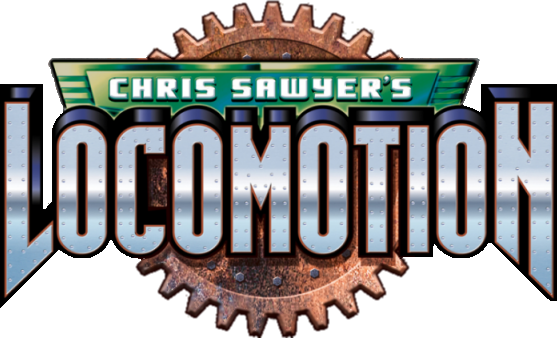 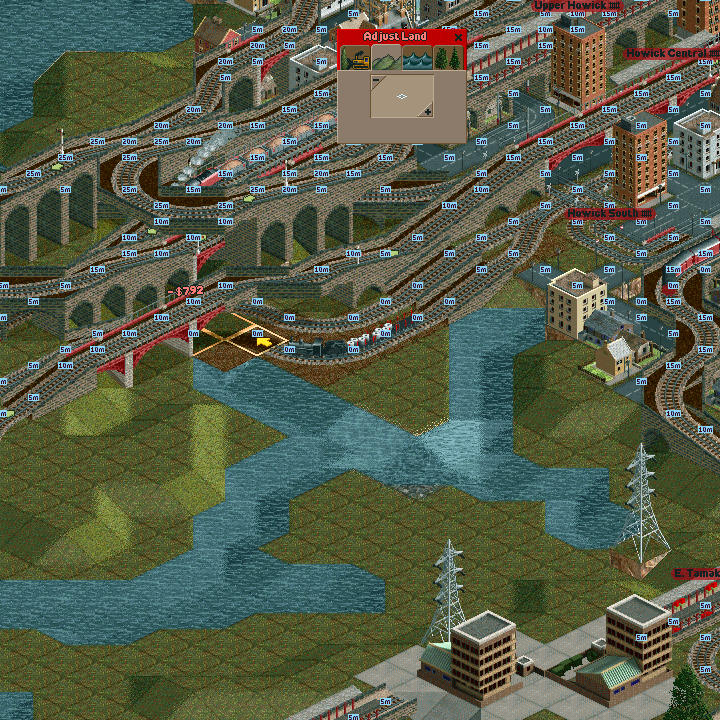 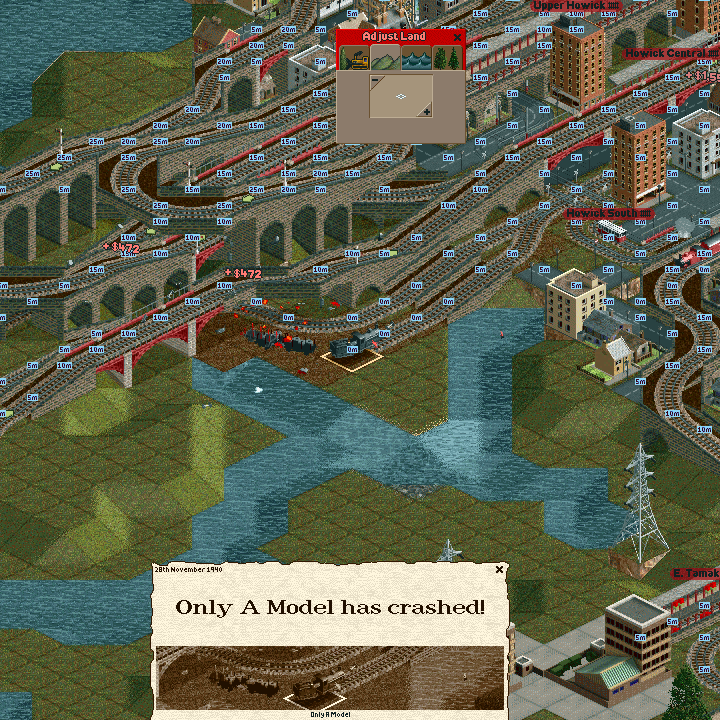 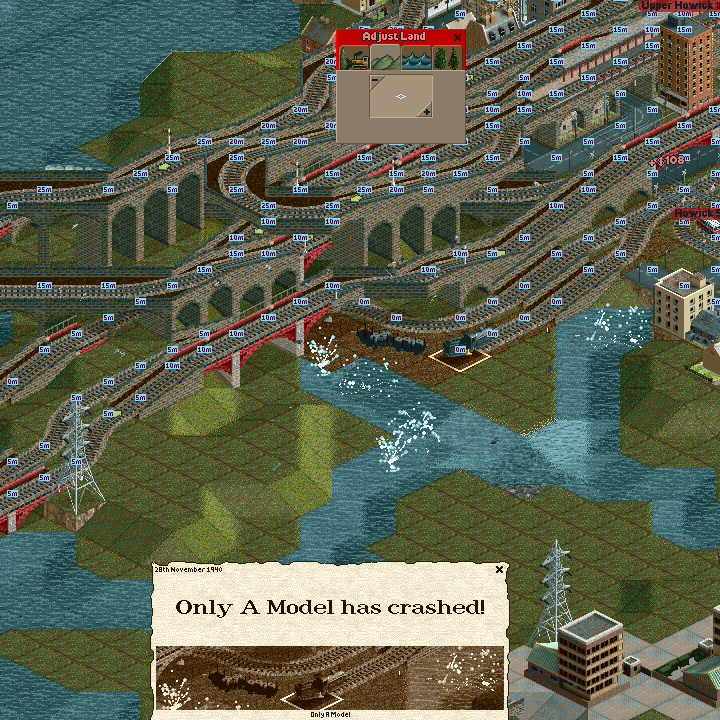 We get off to a bad start as I attempt to increase the capacity of the Howick line to more than one train. I'm afraid I just straight out demolished the track underneath this train while planning out some other part. It never should have been there anyway 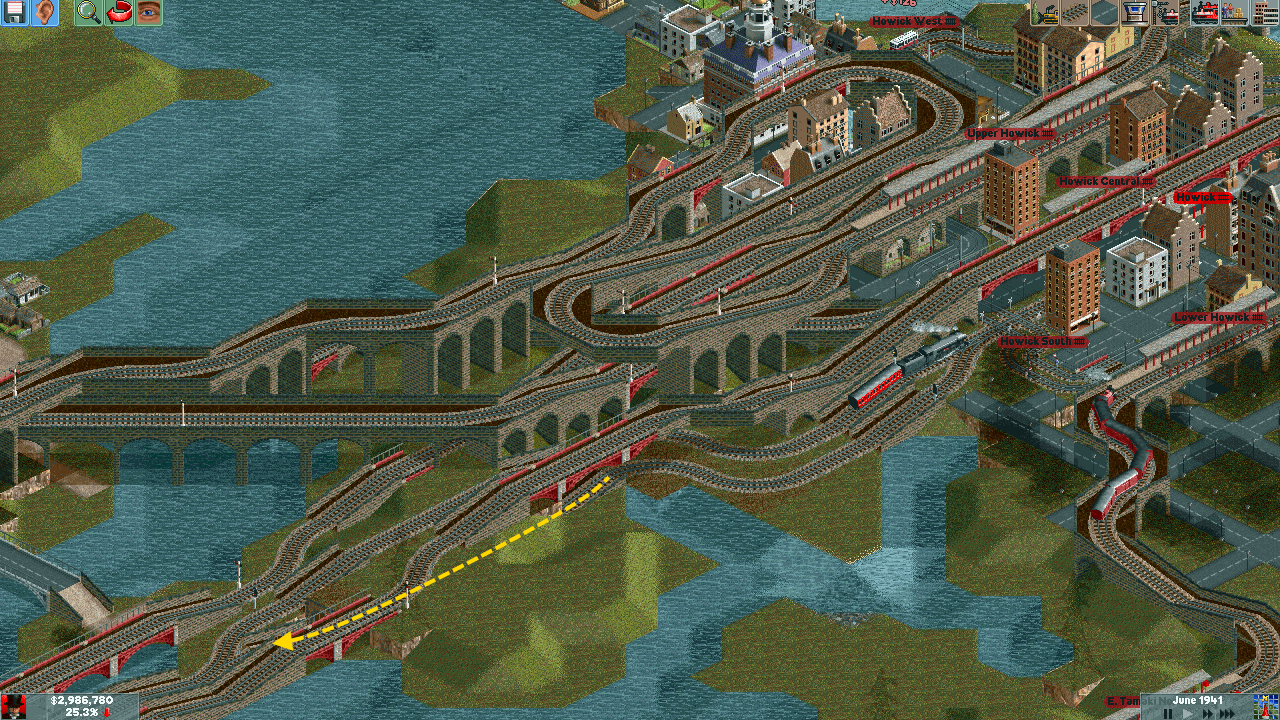 A new passing lane is the best we can do in the myriad of Howick bound rails.  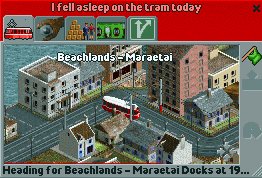 New tram service should increase the ratings and therefore the passenger supply for the ferry terminal. 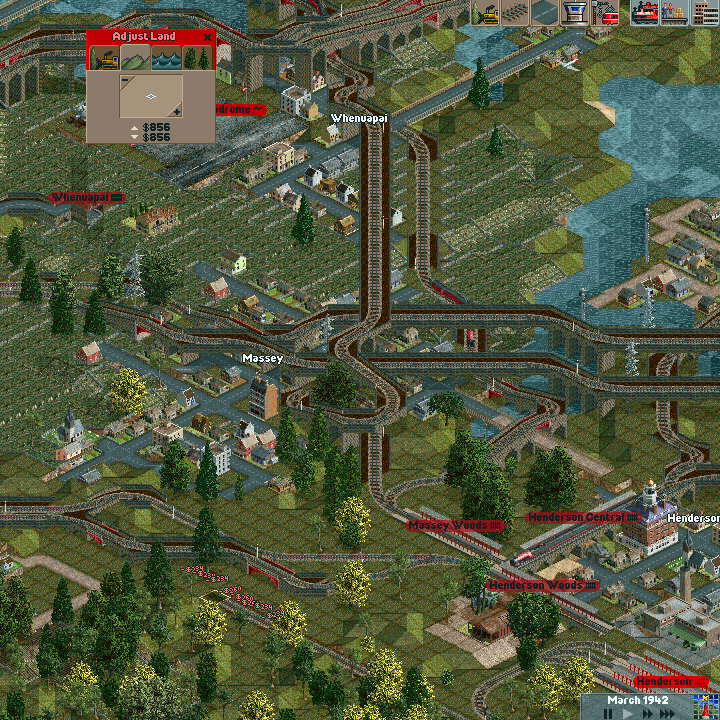 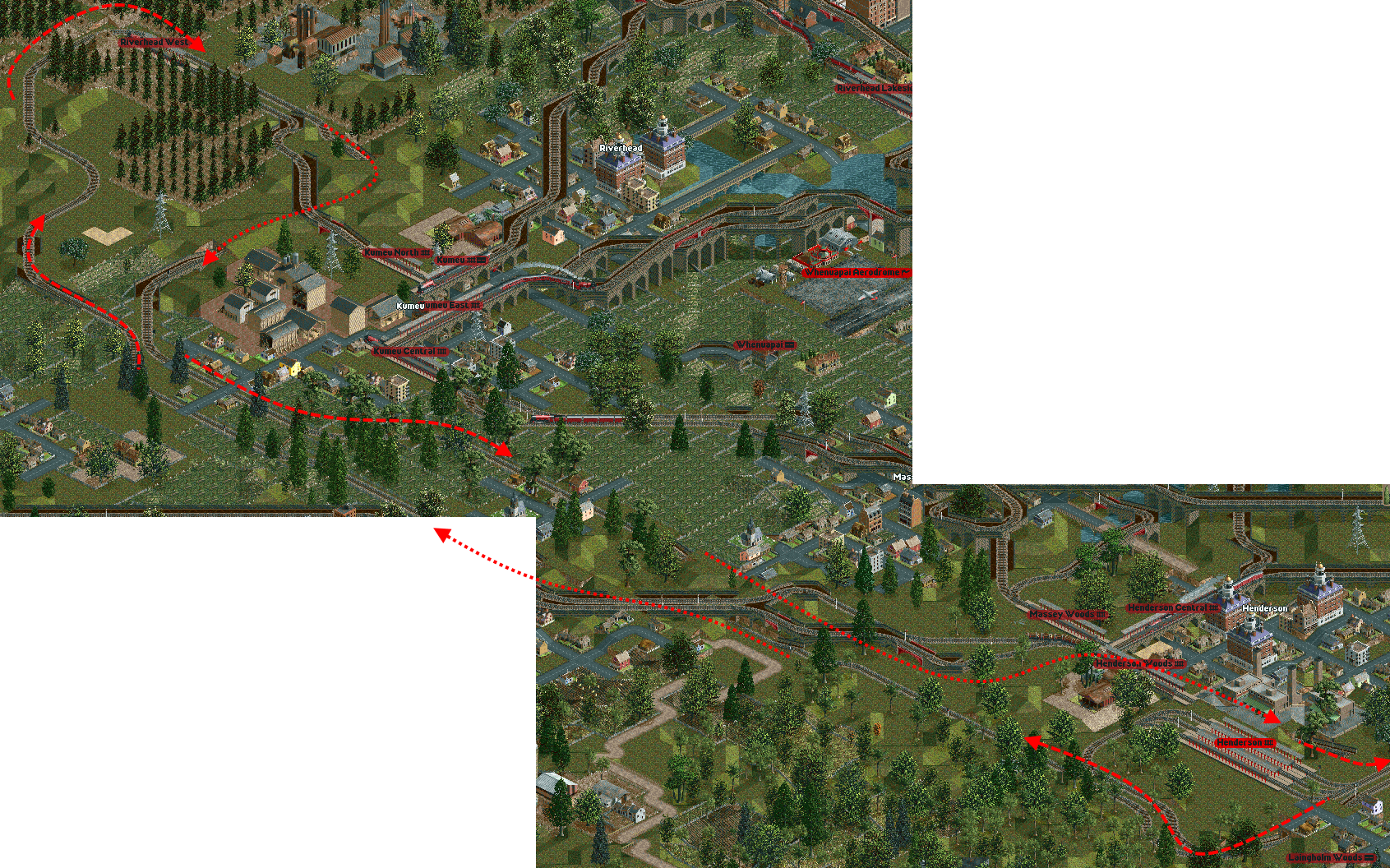 We then build a huge extension north toward Riverhead forest, and fail to do anything with it for the rest of the update.  Since most of these goods will be hauled across the map, we need to get rid of the last of the bottlenecks. We start with this one where the line heads toward the western suburbs of the city. 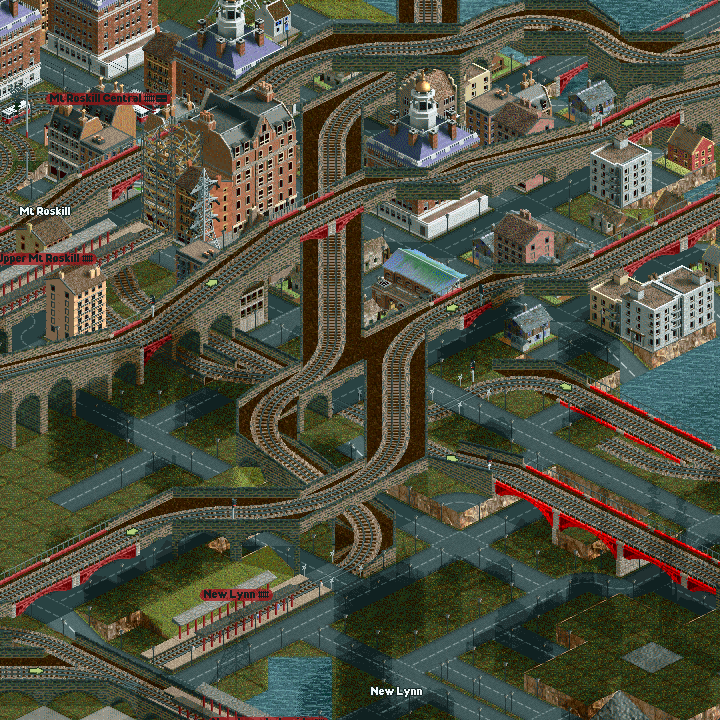 It's not quite the bristol channel yet, but spaghetti is huge here. I overcome my qualms and tear up several roads, houses and apartments. 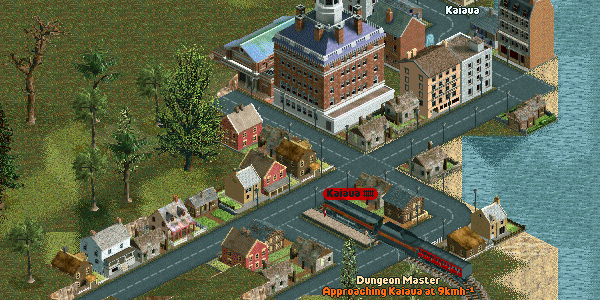 A new type of Locomotive resembling the NZ railways Ka class has turned up, and it gets trialed on the isolated Kaiaua line. It's huge, fast and sounds like it creates it's own weather. One of the modders must have gone out and recorded the genuine article. 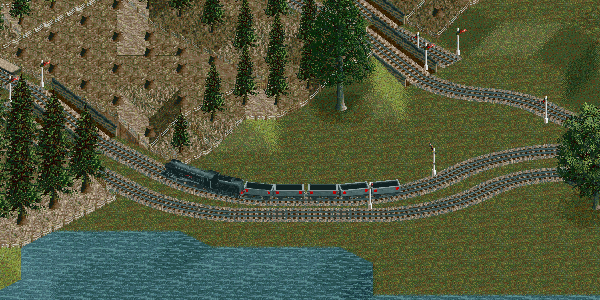 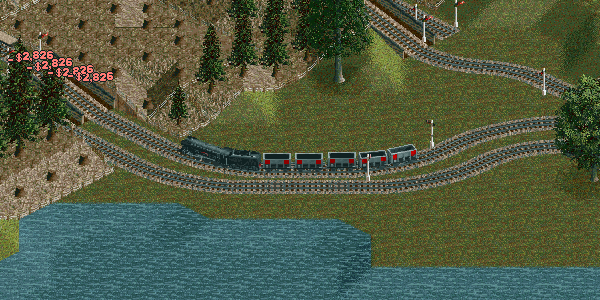 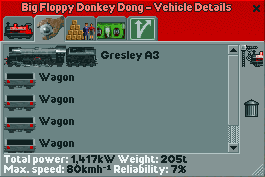 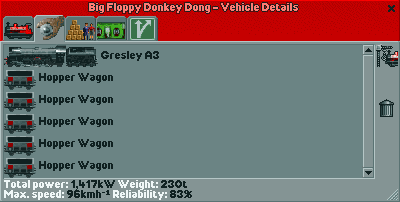 We've also try out the new hopper wagons, although I don't want to waste time maintaining trains (We're trying to connect every industry by 1950, remember?) Happily, Evelyn Eggburt has already connected most of the rest up  The new train carries 125 tons instead of 100. The new train carries 125 tons instead of 100.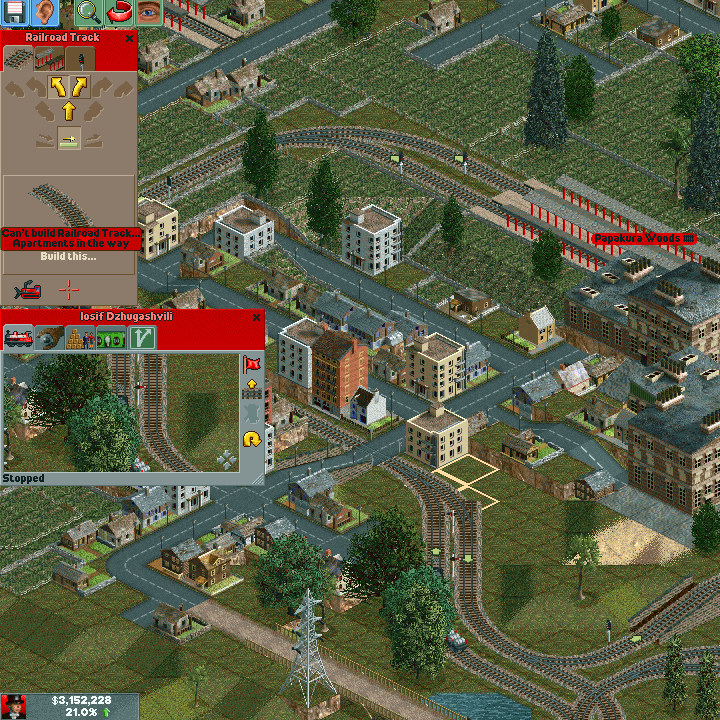 Papakura is pissed at us and won't let us modify their town. 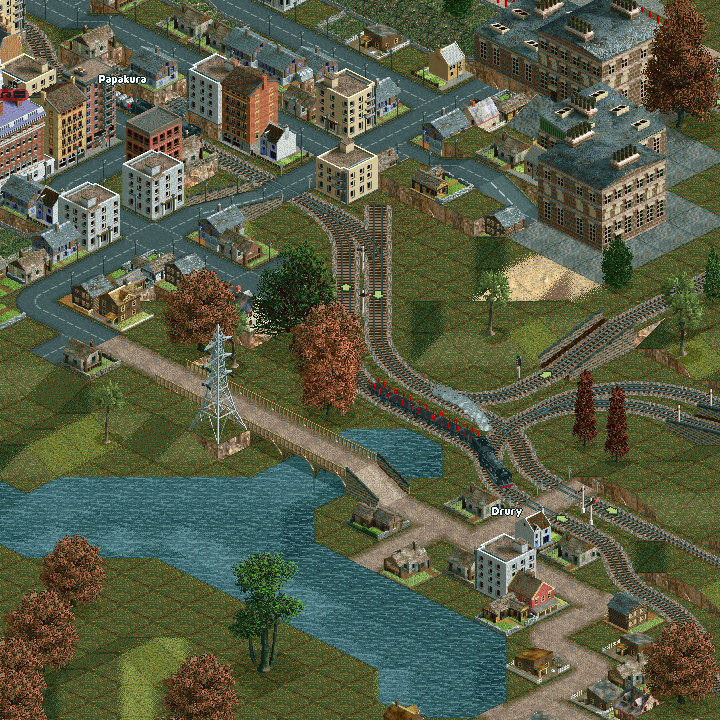 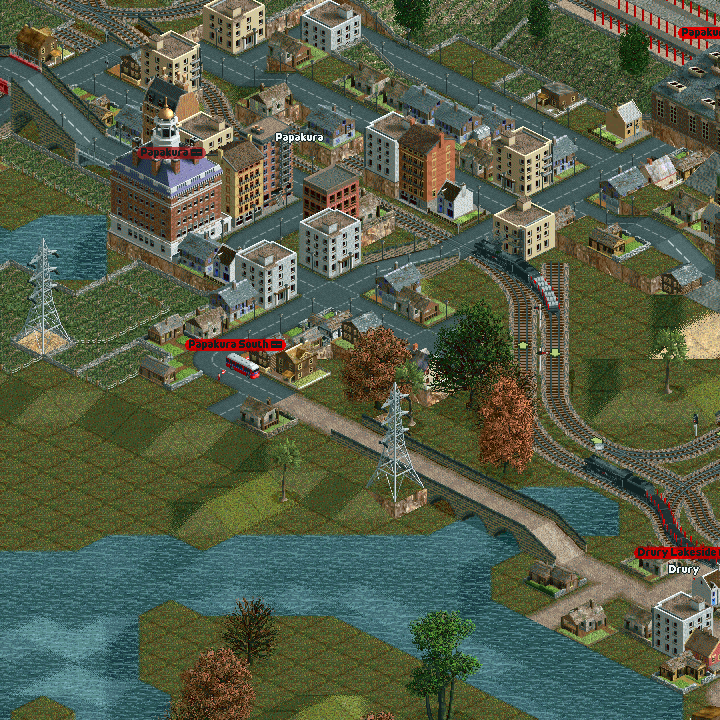 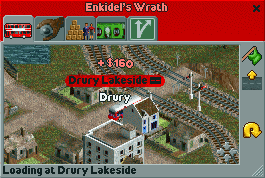 We set up a bus service to get them on our good side. 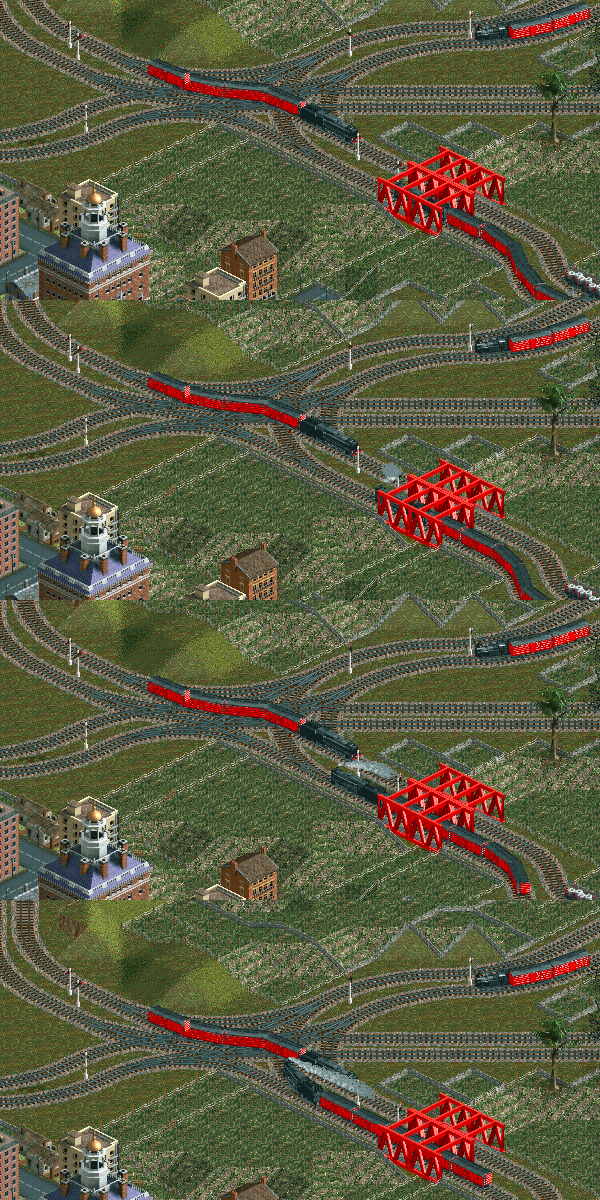 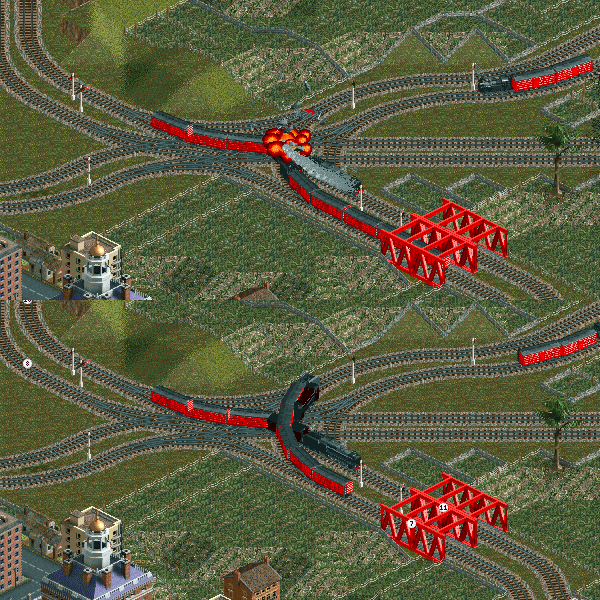 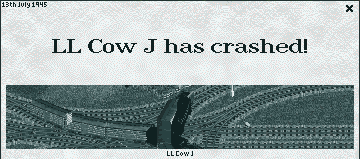 Bang! While traffic controlling during track modifying, I order LL Cow J to pass a signal at danger, expecting it to go straight through the junction. Of course it heads down completely the wrong sector and hits backed up traffic! The victim is AlternativeAirOnRails. Happily this time I am able to replace them and clone the orders, so soon everything is back to normal (all fouled up). 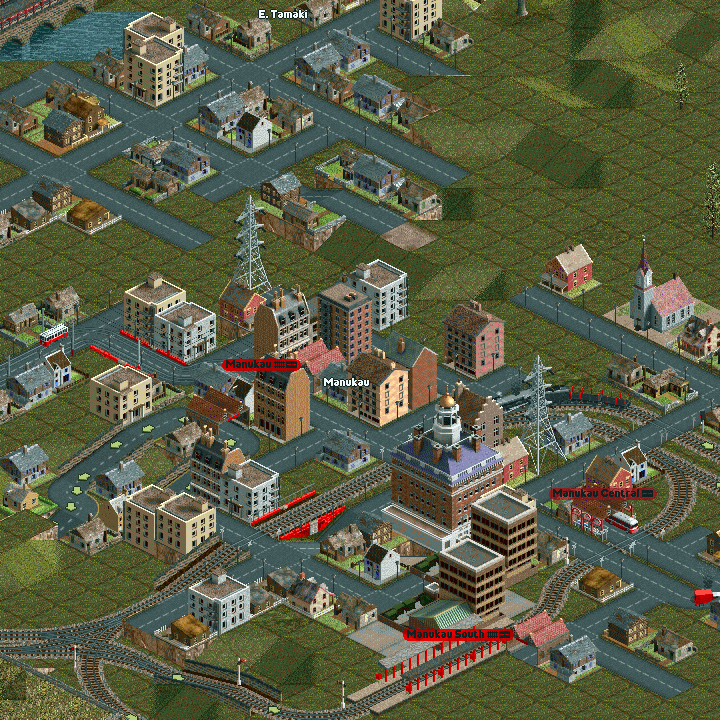 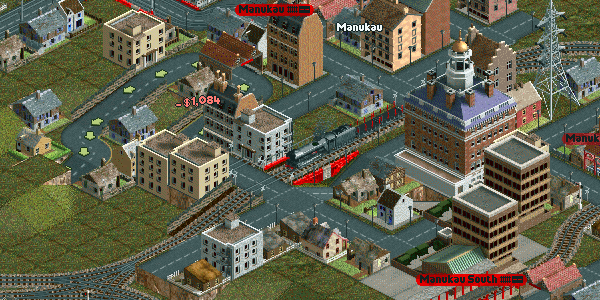 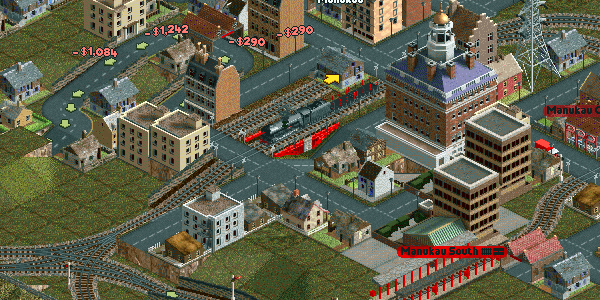 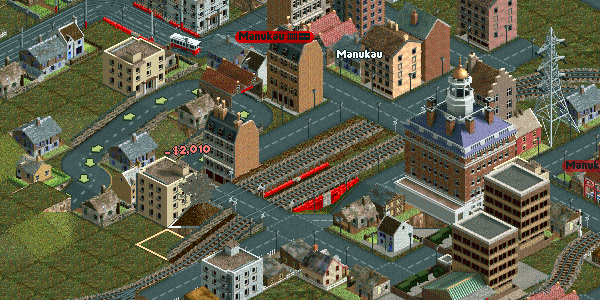 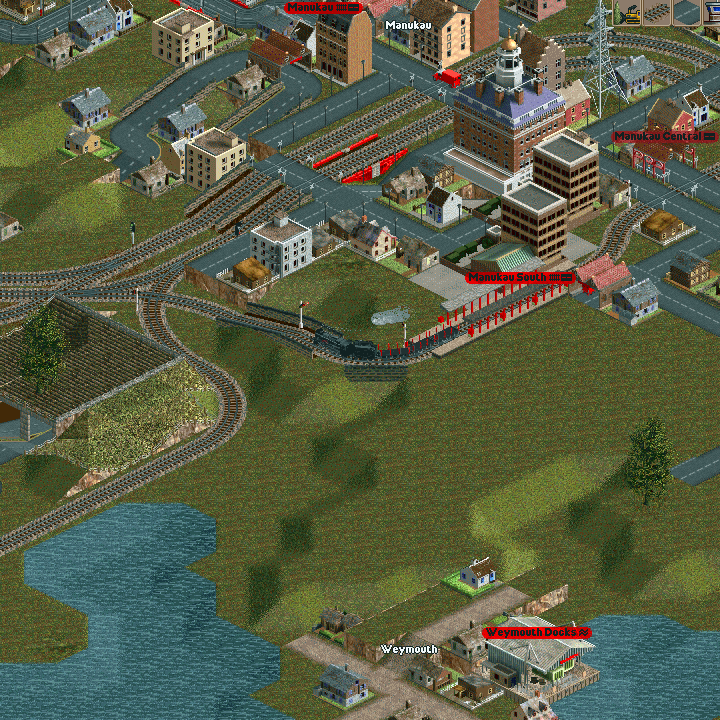 Manukau is fixed with more apartment and road demolition. Papakura is now the last single track stretch between the North Shore and the Waikato Coalfields. 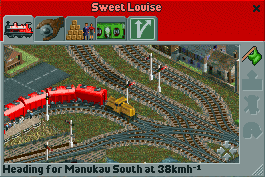 Sweet Louise becomes the first diesel in New Zealand. Several other small trains in the area get S1 shunters. The mid area of the line has so many junctions that the good power-to-weight ratio compensates for the slow max speed. And now it's time for the News!     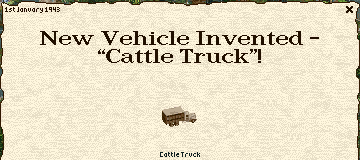 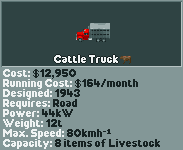 The first of a new generation of trucks appears. 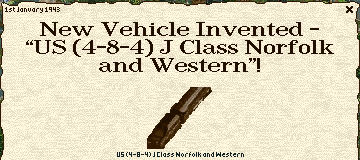 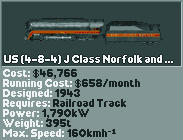 The aforementioned Ka style loco.   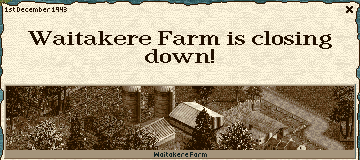 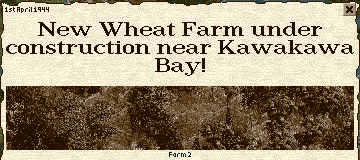 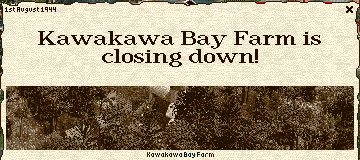 The other farm in the Waitakere rainforest finally fails, prompting a reshuffle of the farming setor.   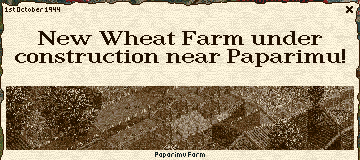  As the towns grow, our stations open up for delivery of finished items. 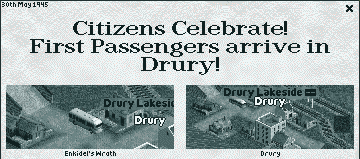 At least we're still beating Burgundy to a few places.  This is our station at Papakura print works. I put down a bus station to deliver passengers across town. The 0% passenger rating here probably was what made them so angry at us in the first place.  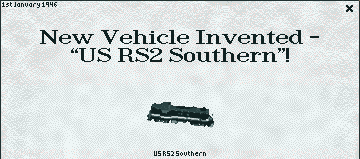 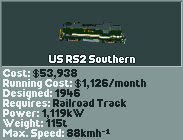 Manufacuters are growing more confident in large internal combustion engines and put out a more adventurous locomotive.  
|
|
|
|
The N&W Class J is a beautiful engine with a superb engineering history. Just learning it's in this game tempts me to go out and get a copy.
|
|
|
|
It's part of a mod pack,(Anything prefaced US is a mod) but they've done a very good job on them, I have to say. They are fully animated and have more varied sounds than the originals.
|
|
|
|
Flying High is a nice track until all the rest expire and it plays on repeat for like three years, and then you miss it again when the next song plays on repeat for a few years too. It's also a nice touch that the newspapers get modern in 1945.
|
|
|
|
Dang, real time train routing and collisions. That must get frustrating if you tried to go for style and just relied on timing to stay collision free, and then something screwed up the beat frequency.
|
|
|
|
Yes. I usually leave the trains to flow unless it's part of a really crowded junction. When I build the last part to go in is the connection to the main line. Changing a junction is usually only a couple of seconds so I just check the line is clear before doing it. (I wasn't paying attention on that first crash, that train should never have left the main trunk!)
|
|
|
|
1946-1950: Postwar Blues Locomotion Soundtrack - A Traveller's Serenade/Locomotion Soundtrack - Latino Trip Running out of time to do some of these so you get a double A-side today. Click here to name a vehicle!  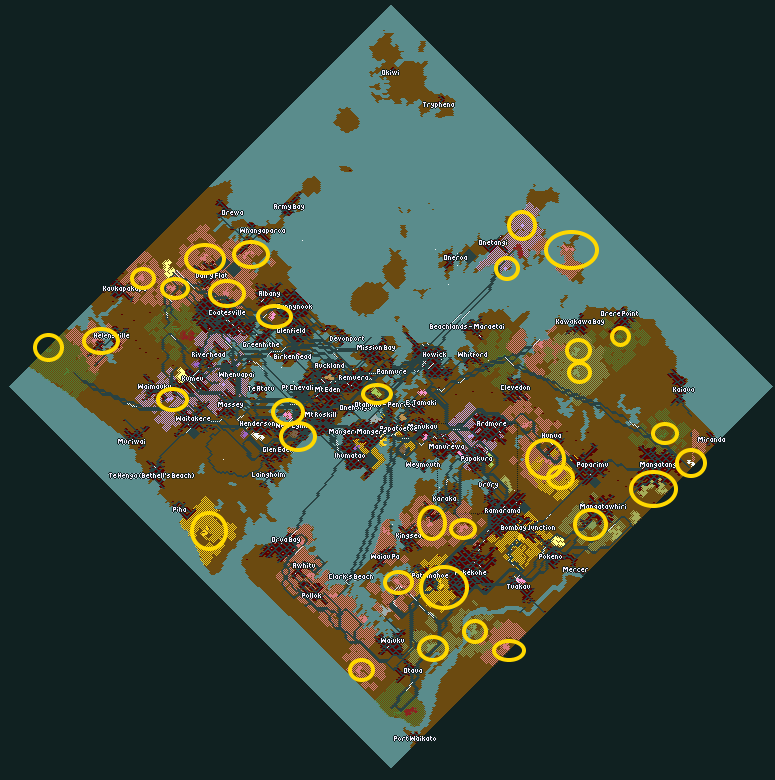 The last of the 1917 goals was to connect all the freight sources on the map. Between Scrooge and Burgundy, we've covered a lot. But with 4 years left, there's still a lot to go! 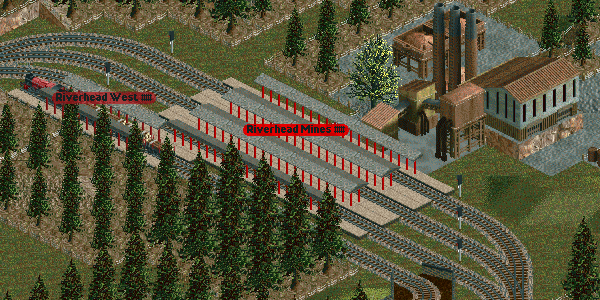 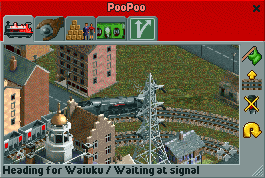 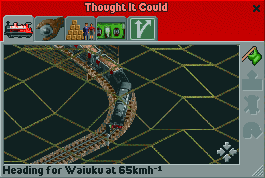 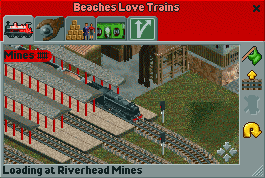 We put all that unused track up North into use. The trains will travel to Glenbrook Steel mill. 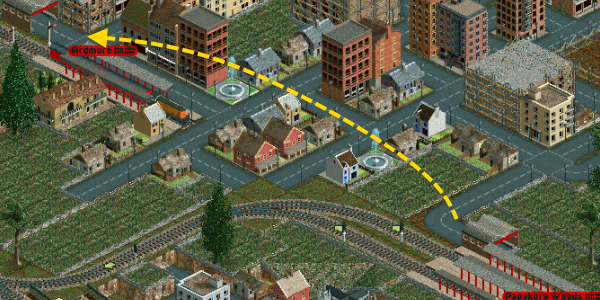 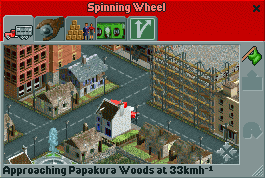 Papakura's rating is still rock bottom. A truck waiting to transport goods from the printing works might help boost ratings. 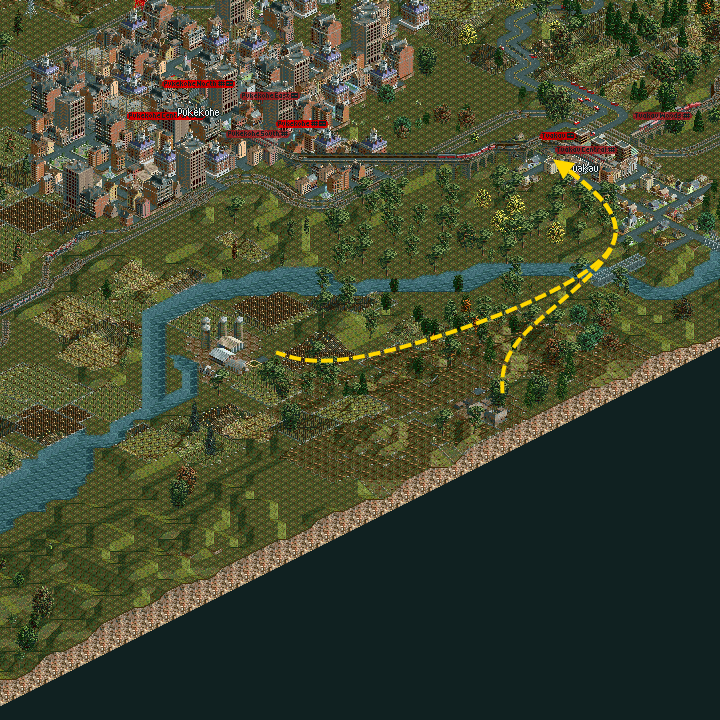 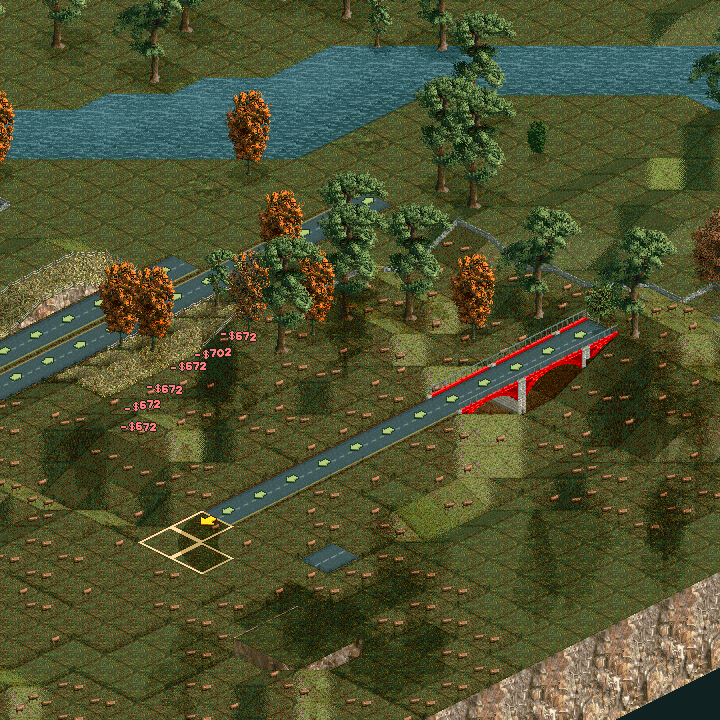 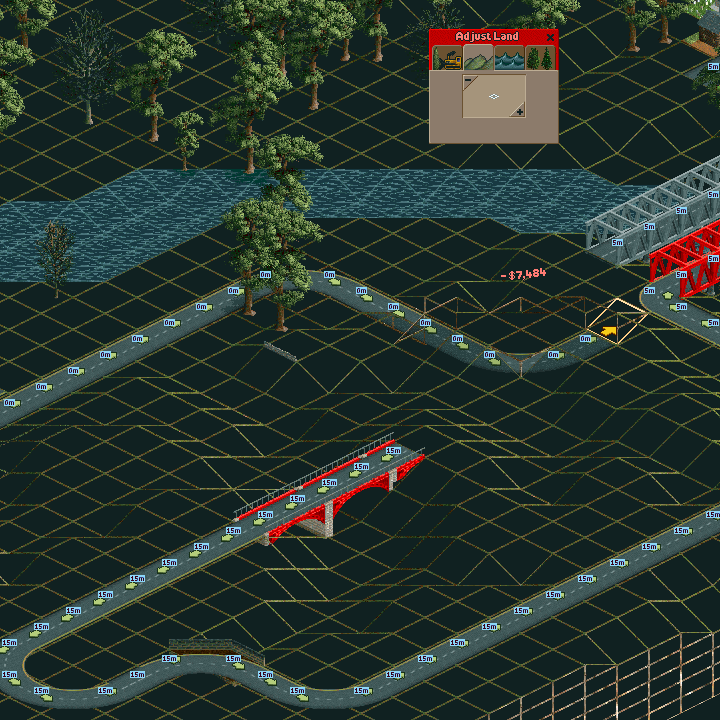 The easiest and quickest way to connect these to farms might be a truck line. We give it a go. 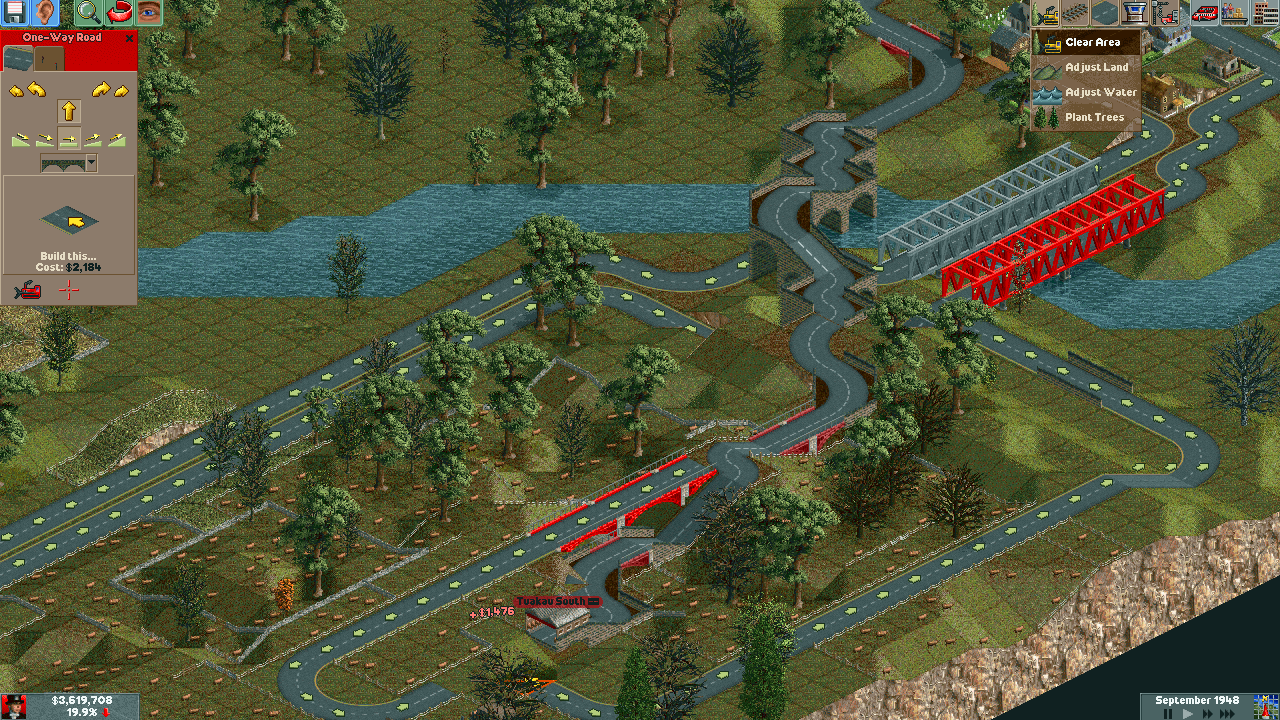 Arrgh! Burgundy!  Luckily one dirty trick from the old games remains! 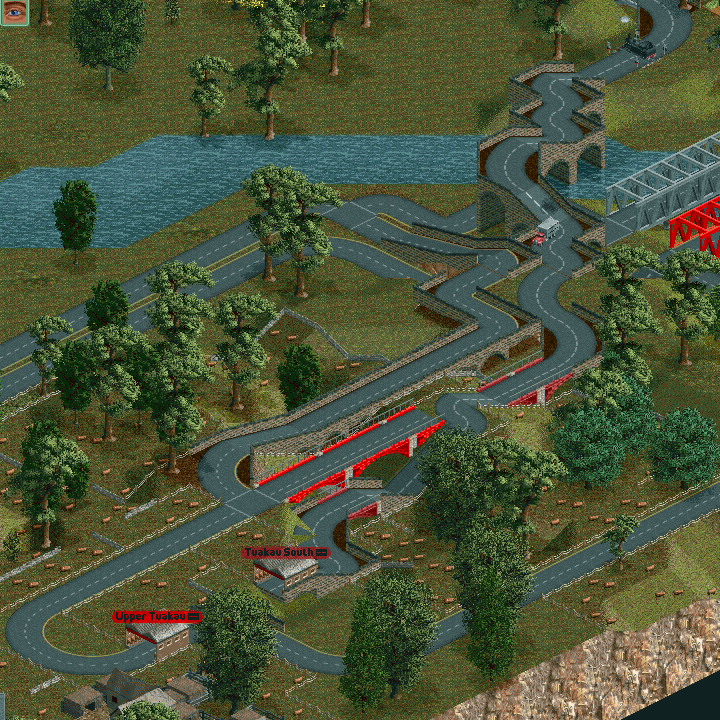 But now they've wasted a year, and uglied up the whole lot. It was going to be beautiful in it's simplicity!  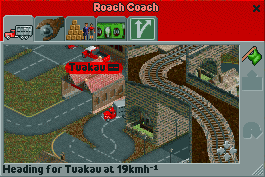 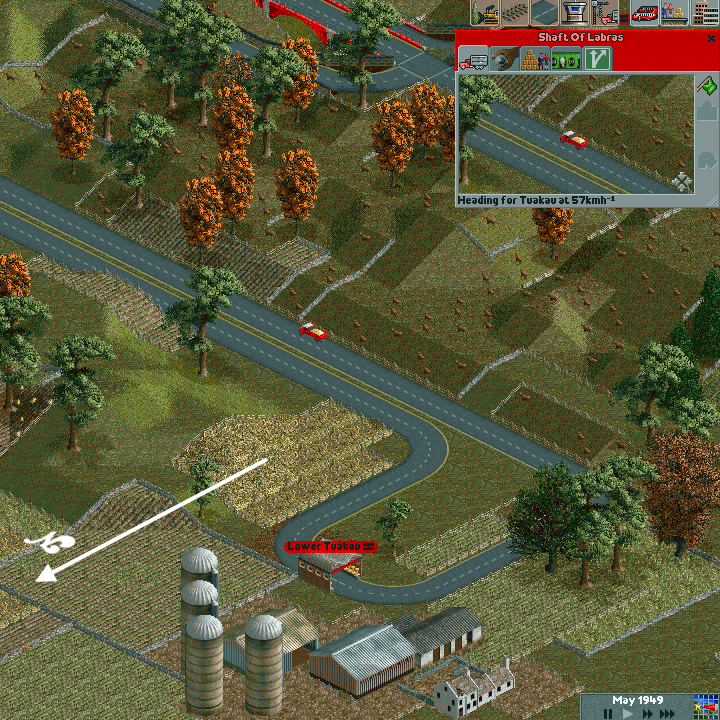 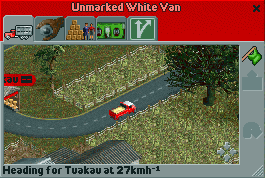 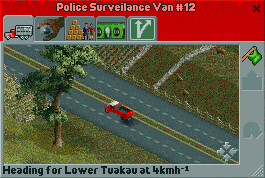  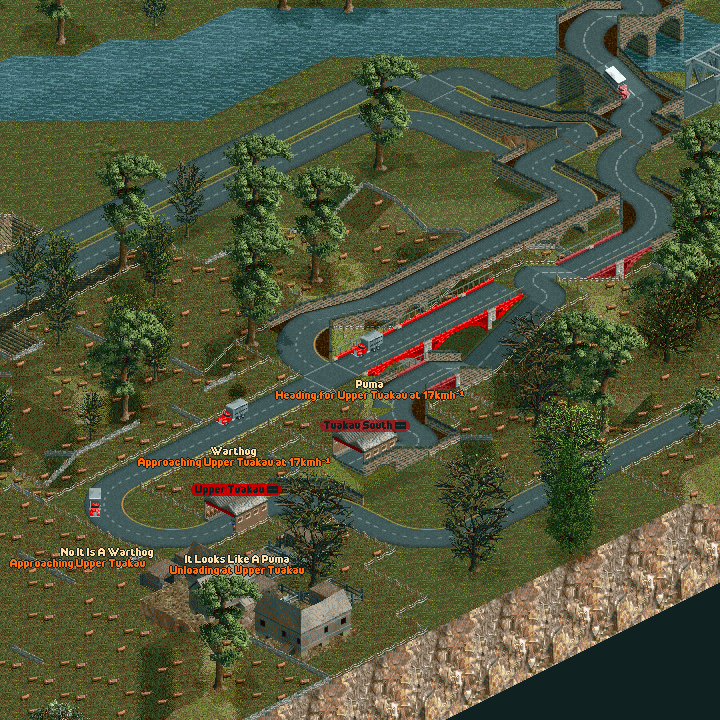 And now it's time for the News! 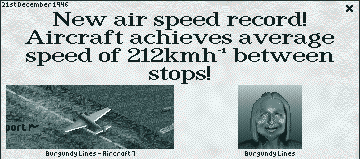 Strange for burgundy to get this record, considering she's still using the venerable Ju-52.  Also Mail and Goods.    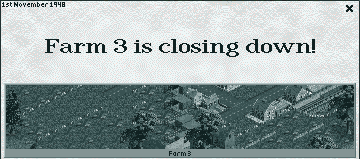 Farm 3 was an unserviced farm located outside Karaka. 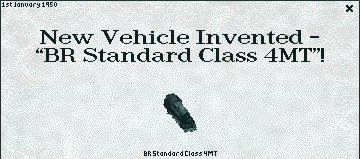 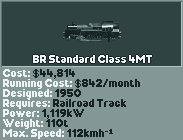 The peak of steam engine technology? Makes an interesting comparison to the RS-2. 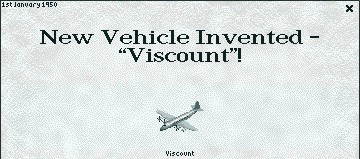 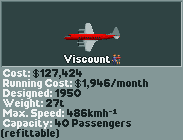 Air travel is becoming more comfortable and commonplace. All freight by 1950:  Ah well. And now our network's in such a state that I have to spend 6 years replacing and re-scheduling trains and at 1956, half our trains are still getting lost. I feel like British Rail. Jaguars! fucked around with this message at 10:37 on Feb 26, 2016 |
|
|
|
But at least you got a goldish star. 
|
|
|
|
Circling all the unfed industries on the map was depressing, I kept on finding more and more of them.
|
|
|
|
Oh boy, I'm falling behind. Still got to do a write-up on the Coronations, and now we have Standard 4 Tanks as well. Both are cool locos though, so I'll definitely get round to them soon. Funnily enough, as good a joke as "external combustion engine" is, it does have an actual meaning as well - steam engines are external combustion engines, because the combustion takes place outside the cylinders.
|
|
|
|
I'm consistently amused by the vehicle names.
|
|
|
|
1950-1956: Nothing Much Happens Locomotion Soundtrack - Hop To The Bop Click here to name a vehicle!  Thanks to the push for new freight lines, the rest of the company vehicles have suffered from decades of neglect. I spend most of these five years fixing and maintaining. The oldest vehicle I replace is a tram from 1933. Rather annoying at a time when there is so many interesting new vehicles, but even after this there are still a lot of vehicles that aren't running optimally. Our trains especially need checking. In many places, the rails have been moved but the waypoints remain, causing a constant search for a route to an impossible to reach point. Many Junctions have been added, and older trains without instructions try to beeline to their destination, taking the wrong turnings. I also find that trains don't seem to register waypoints on level crossings 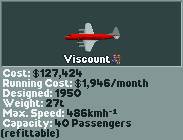 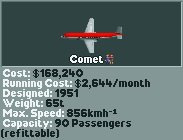 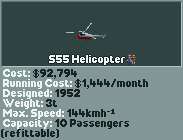 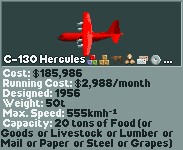 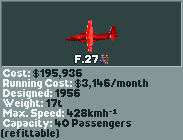 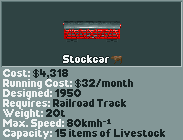 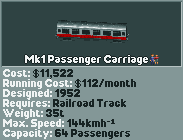 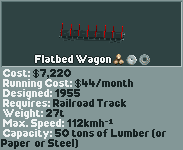 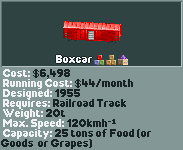 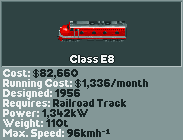 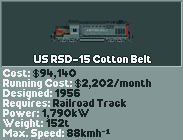 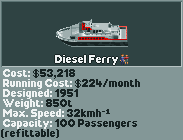  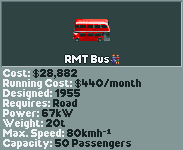 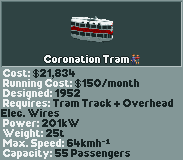 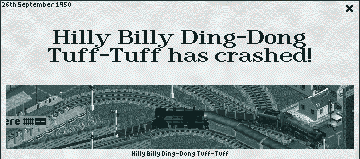 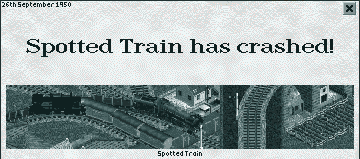 I have absolutely no idea what caused this crash, I was working on a completely different part of the line. I can only presume it was a months delayed result of clearing a snarl on one of the nearby junctions.  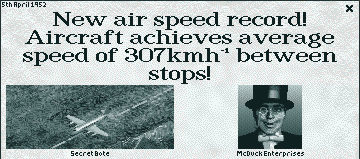 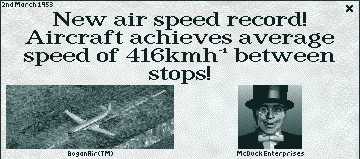 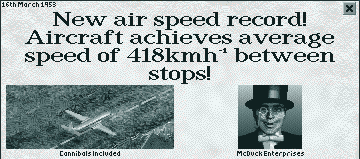 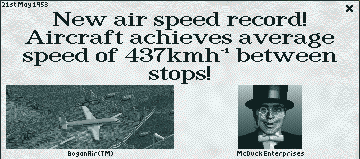 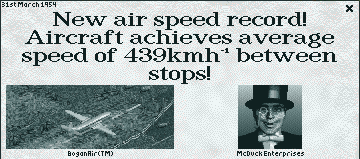 Upgrading the air sector with Viscounts and later the new Comet jetliners snatches back the record from Eggburt's Ju-52.  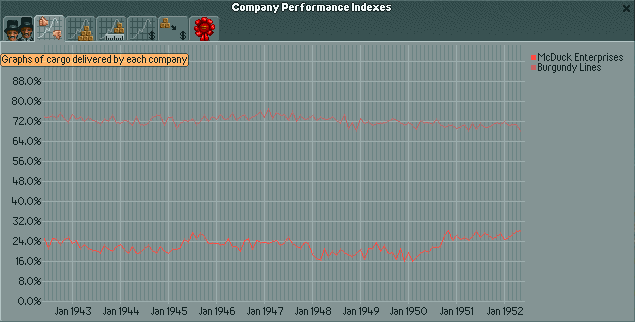  Maintenance makes a big difference. 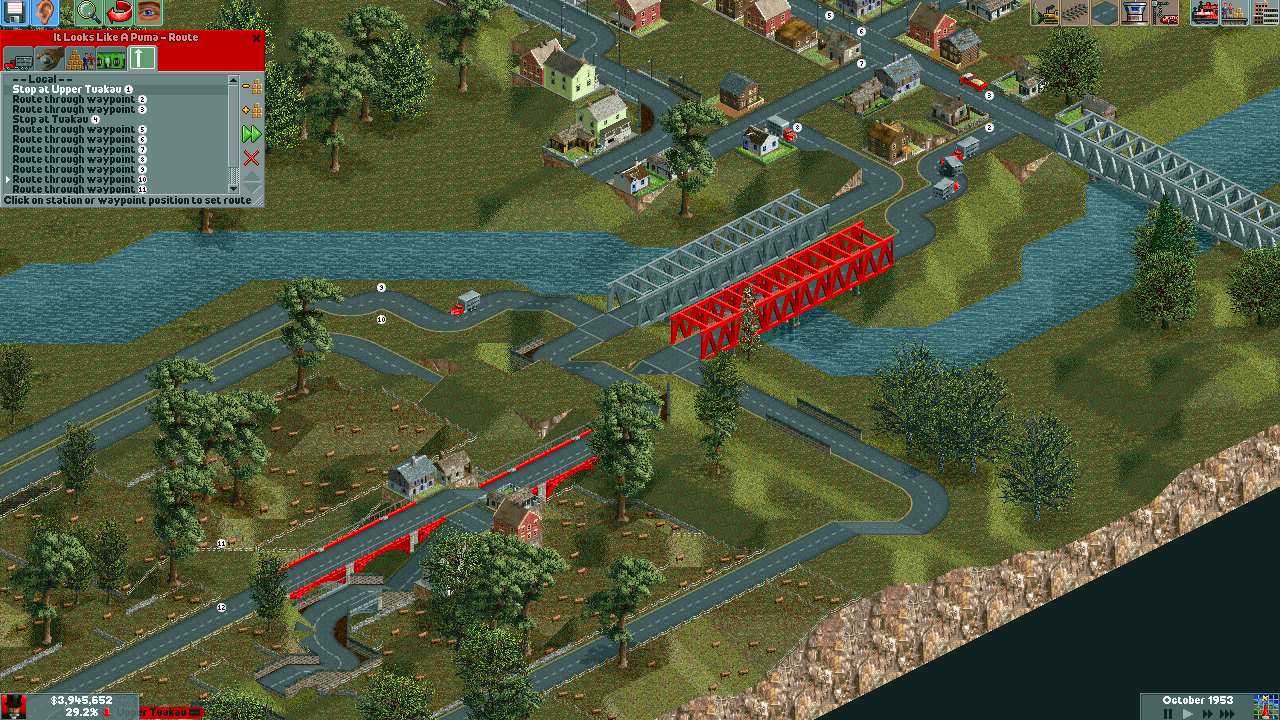 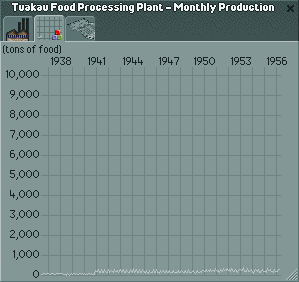 Burgundy abandons the tuakau route and I can clean up the dribbled in infrastructure. I also replace level crossings with a couple of bridges for the grain highway on the other side of Tuakau. 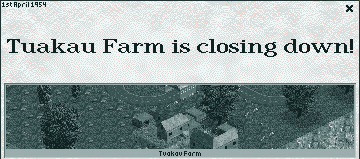 And then a couple of years later the farm closes. Vehicle roster, 1956: 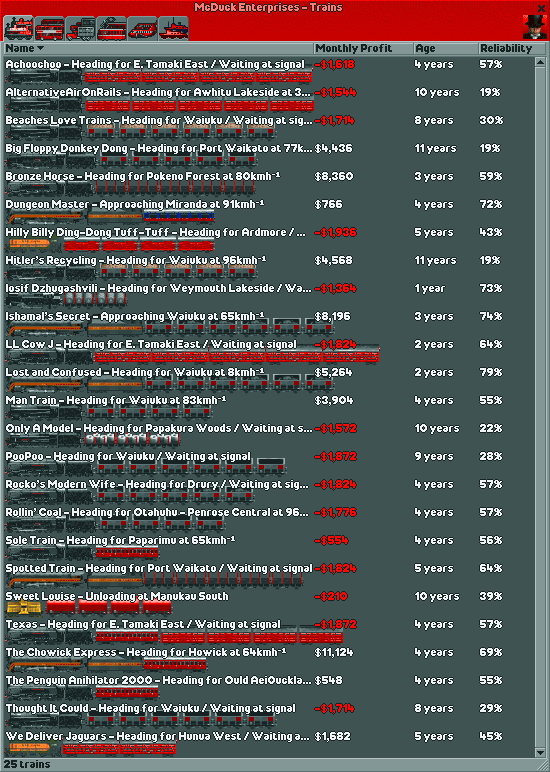  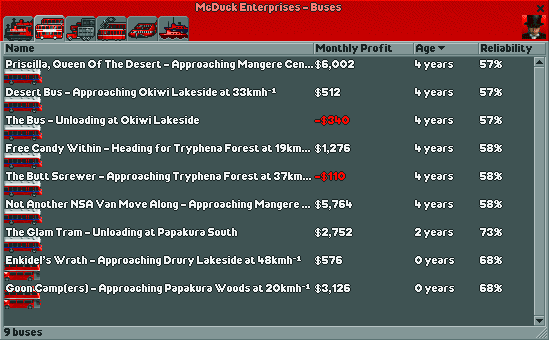 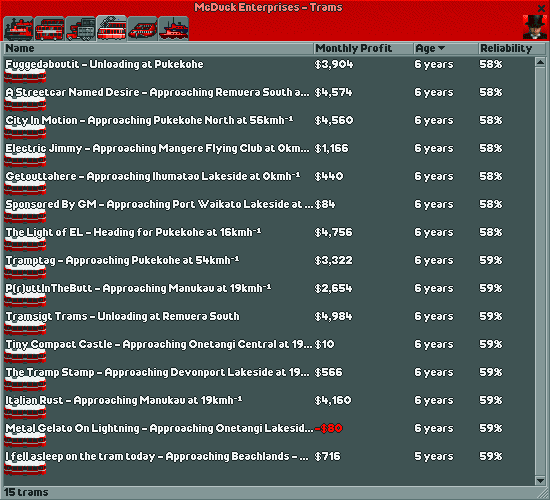 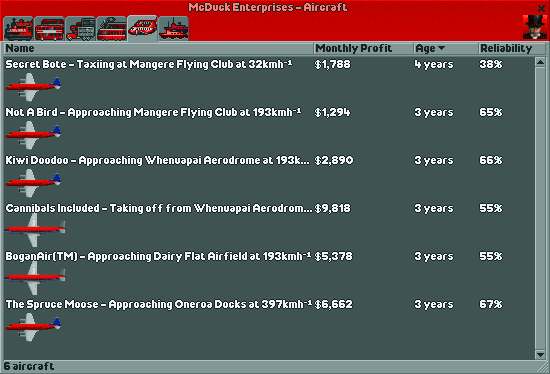 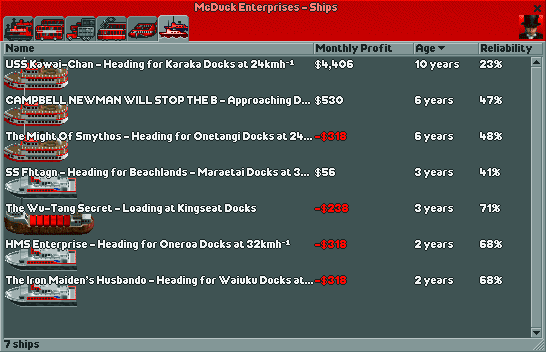
Jaguars! fucked around with this message at 08:00 on Jun 23, 2016 |
|
|
|
I guess the farm closed because it had lost too much land to Burgandy's route.
|
|
|
|
Probably not. There's quite a few other farms that are heavily encroached on by growing towns that still produce. Burgundy's station being at zero rating for years on end may have had something to do with it.
|
|
|
|
Really enjoying the names. I hope you don't let those Comets degrade in reliability too much Can planes crash like trains? Does it occur with the same frequency?
|
|
|
|
I don't believe planes can crash in this game, no. If they do, it's exceptionally rare as it's not uncommon for me to have planes flying around at 1% reliability for years on end because I have so much else going on I can't be bothered to replace them.
|
|
|
|

|
| # ? May 24, 2024 19:38 |
|
We're past the date where Comets were crashing from metal fatigue, so hopefully ours have been retrofitted to prevent skin failures. In game aircraft breakdowns result in the plane flying at about half speed.
|
|
|










